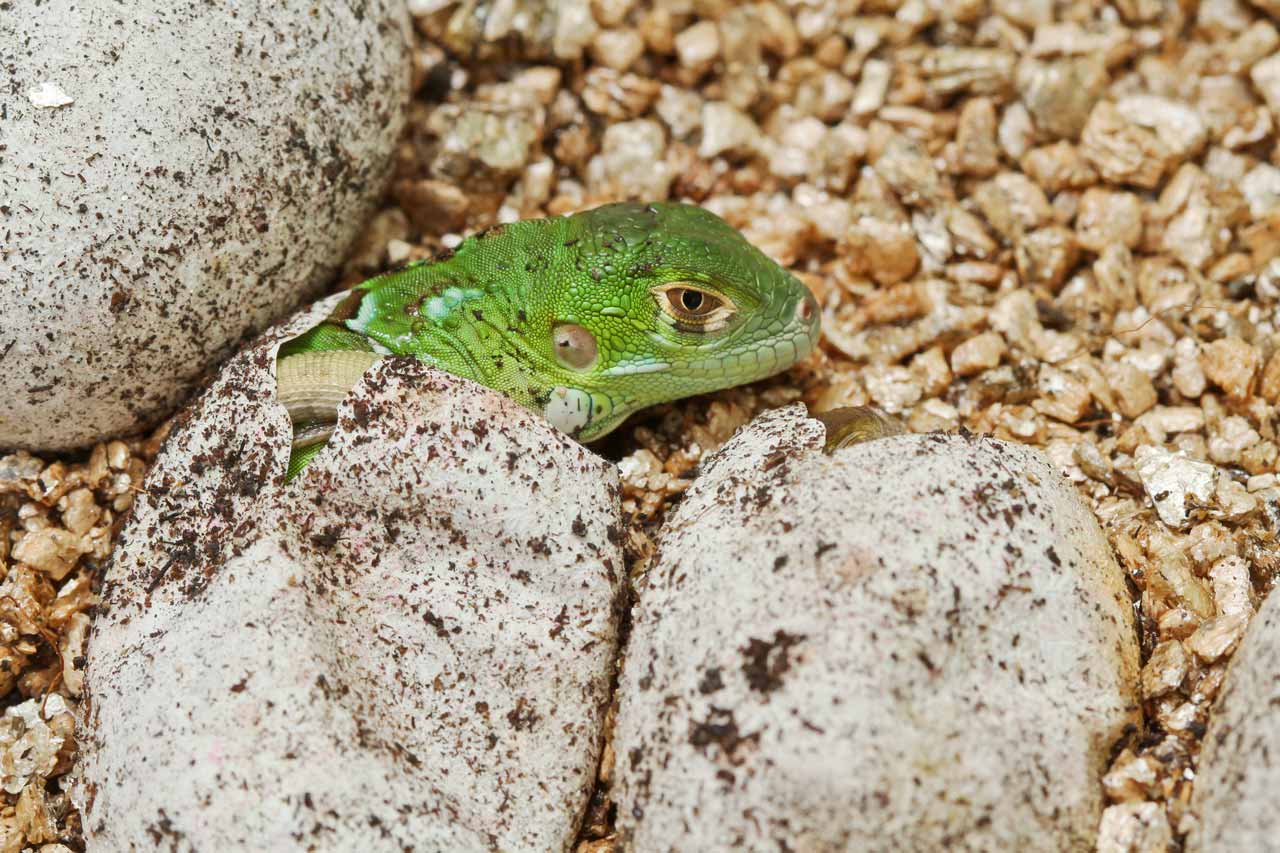
Vermiculite in Egg Incubation
28 February, 2018
Vermiculite in Egg Incubation
Interestingly and rather unusually, vermiculite is used to incubate eggs, specifically reptile eggs. Eggs of all different kinds of reptiles including geckos, snakes, iguanas and even turtles can be placed in exfoliated vermiculite and left to develop before they hatch. Once in a plastic container or something of the sort, the vermiculite must in most cases be dampened so as to be moist – not soaked. A depression can then be made in the vermiculite, large enough to place the reptile egg within and to ensure that each egg has sufficient space to hatch.
Why vermiculite? There are a number of reasons why vermiculite is ideally suited to this application. For example, vermiculite is a good thermal insulator and is thus able to maintain a level of humidity, crucial for keeping the eggs warm. Equally however, the eggs cannot become too warm for risk of drying out. Vermiculite is also well known for its ability to retain moisture and control its slow release; it is due to this property that it is so frequently applied to compost mixes in horticulture. For the reptile eggs, this ensures that the hydrated environment required, is maintained.
Visually, exfoliated vermiculite resembles a concertina. It is this structure that allows air to flow freely and thus ensures that the temperature within the container is constant. Within such an environment, there can be risk of mould and fungi growth. However, vermiculite is sterile and thus prevents such growth from occurring. Ultimately, vermiculite’s properties make it ideal for use in egg incubation.


